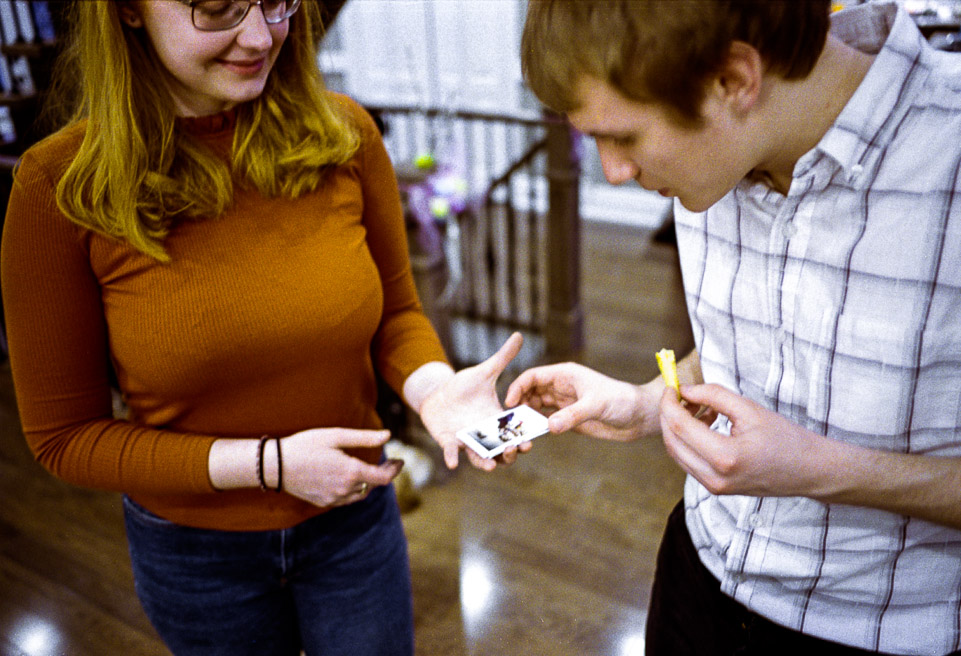Bill Pierce
Well-known
Mike Johnston recently wrote on his site, The Online Photographer, about his reluctance to make prints. (http://theonlinephotographer.typepa.../wednesday-open-mike-my-printing-problem.html) I suspect he is typical in seeing most of his photography and the photography of others on a computer screen. But it disturbs me. He has documented his family and his life. I’ve said before that recognizing a hard disc as a visual history rather than a rectangular box leads to a lot of visual history being relegated to the trash bin. I don’t like seeing that happen, especially to the good guys, and Mike is one of the good guys.
I know we are talking about family pictures, not “art.” Checking my hard discs, I have 6637 digital files (including scanned film negatives) images of family and friends - 7197 “professional images.” For the most part I make big prints of the “art” and little prints of the family and friends. Big prints sell, but little prints can be passed around among a group of friends, don’t require a monitor, are smaller than a laptop and never run out of battery power. Not only that, they look the same to everybody and you can’t say that about pictures viewed on a variety of uncalibrated monitors. Do a zillion people see my personal pictures on a website? No, but the ones that see the prints pay attention.
And now a word from the folks who completely disagree with me.....
I know we are talking about family pictures, not “art.” Checking my hard discs, I have 6637 digital files (including scanned film negatives) images of family and friends - 7197 “professional images.” For the most part I make big prints of the “art” and little prints of the family and friends. Big prints sell, but little prints can be passed around among a group of friends, don’t require a monitor, are smaller than a laptop and never run out of battery power. Not only that, they look the same to everybody and you can’t say that about pictures viewed on a variety of uncalibrated monitors. Do a zillion people see my personal pictures on a website? No, but the ones that see the prints pay attention.
And now a word from the folks who completely disagree with me.....


